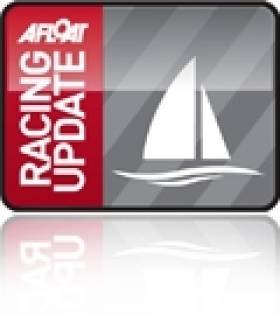Displaying items by tag: Shetland Round Britain & Ireland
Double-handers head for Kinsale this weekend
The first of two Round Britain & Ireland races, the Shetland Round Britain & Ireland, leaves Plymouth for Kinsale this Sunday. The race, open to double-handed crews in boats between 30 and 50 feet, has over 50 entries in monohull and multihull classes and features a number of compulsory 48-hour stopovers. The second race, leaving Cowes in August, is a fully-crewed non-stop race, and will feature several Volvo 70s.
The first stopover for the Shetland race is in Kinsale, with the others at Barra, Lerwick and Lowestoft.
This year's edition boasts a strong Class 40 contingent, with ten taking part in the monohull division.
A number of Figaro IIs are also in the line-up.
2,000 miles of racing face the crews once they leave Plymouth, heading around Ireland's south-west tip, north along our west coast before heading north-east to round Shetland and dive down the North Sea and into the English Channel.
The event website is at www.rwyc.org/RBI and features online tracking of all racers.





























































